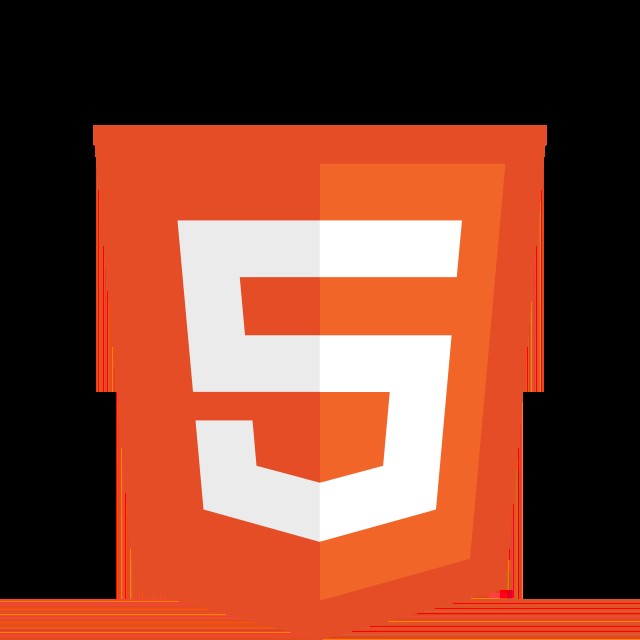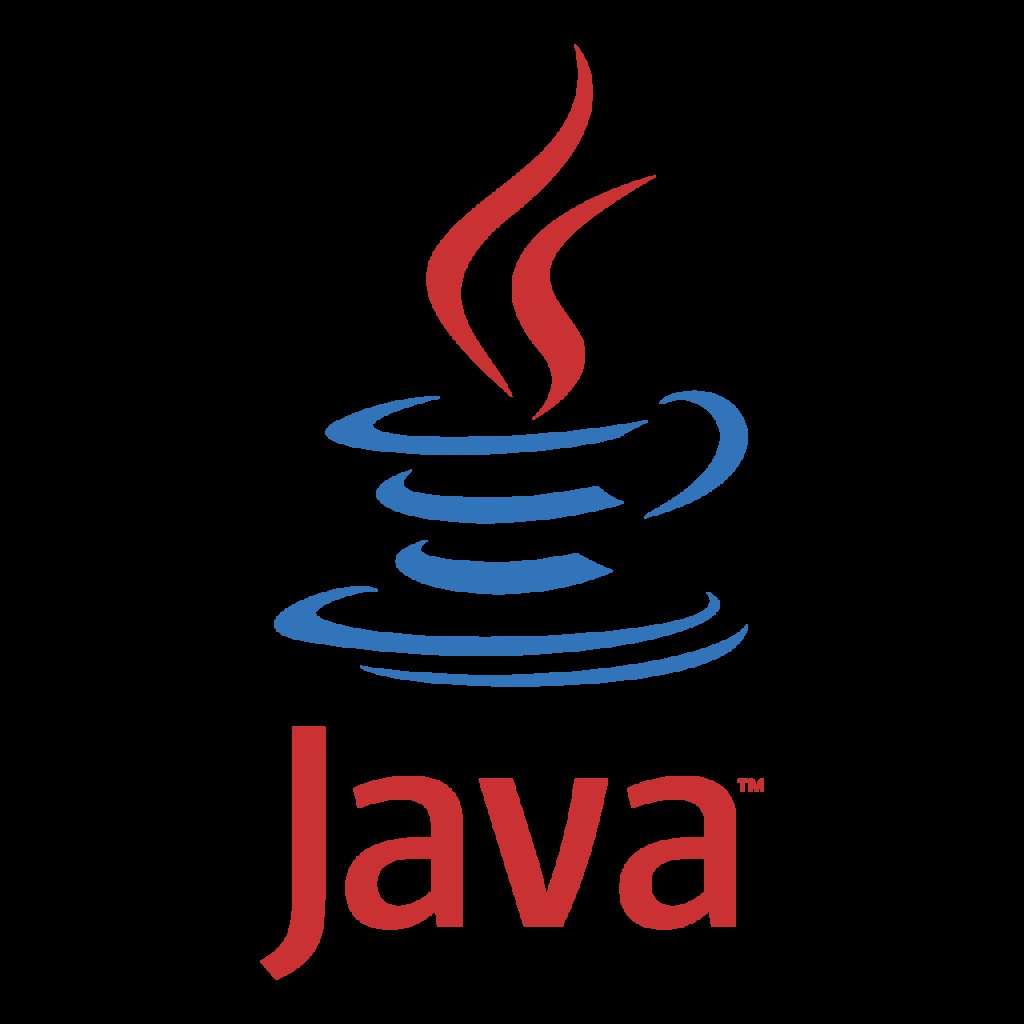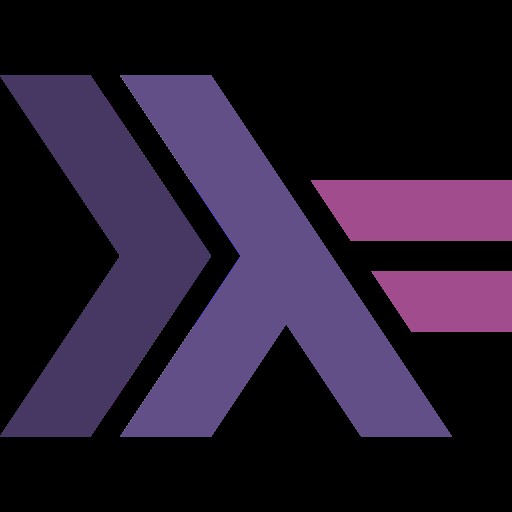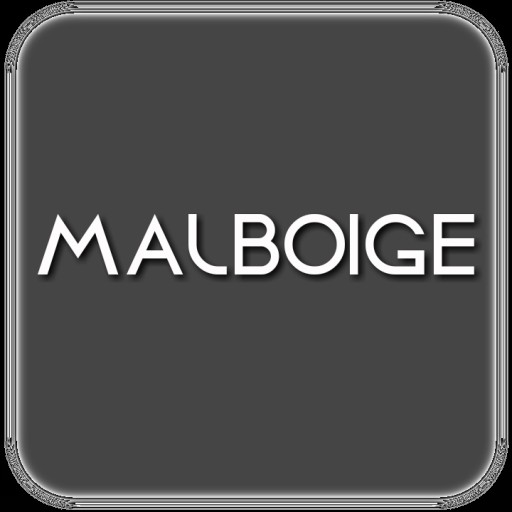Choosing the right coding language to start your programming journey can be exciting. Which Coding Language Is Easiest To Learn? LEARNS.EDU.VN helps you navigate the options. We will explore user-friendly languages and provide resources to kickstart your learning. Discover the easiest programming language to learn and begin your coding adventure today.
1. Understanding the Landscape of Programming Languages
There are hundreds of programming languages, and each has its unique strengths and weaknesses. Some languages are designed for specific tasks, while others are more versatile. This section will provide an overview of the spectrum of coding languages, from the easiest to the most challenging.
1.1. Categorizing Programming Languages by Difficulty
Programming languages can be broadly categorized based on their difficulty level. Easy languages often have simple syntax, extensive libraries, and strong community support. More challenging languages might require a deeper understanding of computer architecture or have more complex syntax.
| Category | Characteristics | Examples |
|---|---|---|
| Easiest | Simple syntax, large community support, beginner-friendly resources | HTML, JavaScript, Python |
| Intermediate | Moderate complexity, versatile applications | Java, Ruby, PHP |
| Hardest | Complex syntax, low-level control, specialized use cases | C++, Assembly Language, Prolog |





1.2. Factors Influencing the Difficulty of a Language
Several factors contribute to the perceived difficulty of a programming language. These include syntax complexity, the availability of learning resources, the size of the community, and the language’s intended use cases.
- Syntax Complexity: Languages with straightforward and intuitive syntax are generally easier to learn.
- Learning Resources: Extensive documentation, tutorials, and online courses make a language more accessible to beginners.
- Community Support: A large and active community can provide valuable assistance and support for learners.
- Use Cases: Languages used for simple tasks or high-level applications are often easier to grasp initially.
2. Top Easiest Programming Languages to Learn
Several programming languages are known for their beginner-friendliness. These languages offer simple syntax, a wealth of learning resources, and strong community support, making them ideal for those new to coding.
2.1. HTML (Hypertext Markup Language)
HTML is the foundation of web development. It’s a markup language used to structure the content of web pages. While not strictly a programming language, HTML is essential for anyone interested in web development and is often the first language beginners encounter.
2.1.1. Key Features of HTML
- Easy to learn and understand.
- Uses simple, readable tags to define elements.
- Provides a basic understanding of web structure.
2.1.2. Why HTML is Beginner-Friendly
According to a tutorial by W3Schools, HTML’s straightforward syntax and clear structure make it easy for beginners to grasp the basics of web development quickly.
2.2. JavaScript
JavaScript is a versatile scripting language that adds interactivity to websites. It’s used for front-end and back-end development, making it a valuable skill for web developers.
2.2.1. Key Features of JavaScript
- Runs in web browsers without additional setup.
- Large online community and numerous resources.
- Used for both front-end and back-end development (Node.js).
2.2.2. JavaScript’s Ease of Learning
FreeCodeCamp highlights JavaScript as one of the easiest languages to start with due to its immediate visual feedback in web browsers and extensive online resources.
2.3. Python
Python is a high-level, general-purpose programming language known for its readability and versatility. It’s used in web development, data science, artificial intelligence, and more.
2.3.1. Key Features of Python
- Clear, readable syntax.
- Extensive libraries for various applications (e.g., NumPy, Pandas).
- Large community and excellent learning resources.
2.3.2. The Simplicity of Python
According to a study by the University of California, Berkeley, Python’s English-like syntax and comprehensive libraries make it an excellent choice for beginners.
2.4. Ruby
Ruby is a dynamic, open-source programming language focused on simplicity and productivity. It’s often used for web development, particularly with the Ruby on Rails framework.
2.4.1. Key Features of Ruby
- Elegant and readable syntax.
- Strong community support.
- Ruby on Rails framework simplifies web development.
2.4.2. Ruby’s User-Friendly Design
The official Ruby website emphasizes that Ruby is designed for human readability and ease of use, making it a great option for beginners.
3. Intermediate-Level Programming Languages
Once you’ve mastered the basics with an easier language, you might consider moving on to intermediate-level languages. These languages offer more power and flexibility but also come with increased complexity.
3.1. Java
Java is a widely used, object-oriented programming language known for its portability and scalability. It’s used in enterprise applications, Android app development, and more.
3.1.1. Key Features of Java
- Platform independence (Write Once, Run Anywhere).
- Strong support for object-oriented programming.
- Extensive libraries and frameworks.
3.1.2. Transitioning to Java
“Head First Java” by Kathy Sierra and Bert Bates is often recommended for those transitioning from simpler languages due to its clear explanations of object-oriented concepts.
3.2. PHP
PHP is a server-side scripting language primarily used for web development. It’s often used to create dynamic web pages and applications.
3.2.1. Key Features of PHP
- Large community and extensive documentation.
- Easy integration with HTML.
- Used in popular content management systems like WordPress.
3.2.2. PHP for Web Development
According to a report by W3Techs, PHP is used by a significant percentage of websites on the internet, making it a valuable skill for web developers.
4. Challenging Programming Languages
Some programming languages are notoriously difficult to learn. These languages often require a deep understanding of computer architecture or have complex syntax that can be challenging for beginners.
4.1. C++
C++ is a powerful, low-level programming language used for system programming, game development, and high-performance applications.
4.1.1. Key Features of C++
- Low-level memory management.
- Complex syntax and concepts.
- High performance and control.
4.1.2. The Complexity of C++
Bjarne Stroustrup, the creator of C++, notes that mastering C++ requires a deep understanding of both hardware and software, making it a challenging language to learn.
4.2. Assembly Language
Assembly language is a low-level language that directly corresponds to machine code. It’s used for direct hardware manipulation and is one of the most challenging languages to learn.
4.2.1. Key Features of Assembly Language
- Direct control over hardware.
- Complex and machine-specific syntax.
- Requires a deep understanding of computer architecture.
4.2.2. Assembly Language Challenges
According to “Computer Organization and Design” by David Patterson and John Hennessy, Assembly language requires a detailed understanding of CPU architecture, making it extremely challenging for beginners.
4.3. Prolog
Prolog is a logic programming language used in artificial intelligence and computational linguistics. Its unique syntax and focus on logical reasoning make it challenging for those accustomed to imperative programming languages.
4.3.1. Key Features of Prolog
- Logic-based programming paradigm.
- Focus on declarative programming.
- Used in AI and NLP applications.
4.3.2. The Logical Nature of Prolog
Ivan Bratko’s “Prolog Programming for Artificial Intelligence” highlights that Prolog requires a shift in thinking from procedural to declarative programming, which can be a significant hurdle for new learners.
4.4. Haskell
Haskell is a purely functional programming language known for its strong type system and emphasis on mathematical purity. Its abstract nature and unique syntax make it challenging for many developers.
4.4.1. Key Features of Haskell
- Purely functional programming paradigm.
- Strong static typing.
- Emphasis on immutability.
4.4.2. The Functional Paradigm of Haskell
“Learn You a Haskell for Great Good!” by Miran Lipovača emphasizes that Haskell’s functional paradigm requires a different way of thinking about programming, making it difficult for those used to imperative languages.
4.5. Malbolge
Malbolge is an esoteric programming language designed to be as difficult as possible to program in. Its intentionally obscure syntax and self-modifying code make it a notorious challenge for even experienced programmers.
4.5.1. Key Features of Malbolge
- Intentionally obscure syntax.
- Self-modifying code.
- Extremely difficult to program in.
4.5.2. The Impracticality of Malbolge
According to the official Malbolge documentation, the language was designed to be nearly impossible to use, making it more of a theoretical challenge than a practical tool.
5. Factors to Consider When Choosing a Programming Language
Selecting a programming language to learn depends on various factors, including your goals, interests, and the resources available to you. Here are some key considerations:
5.1. Your Goals
Consider what you want to achieve with programming. Are you interested in web development, data science, mobile apps, or something else? Your goals will help narrow down the list of suitable languages.
5.2. Interests
Choose a language that aligns with your interests. If you’re passionate about web design, HTML, CSS, and JavaScript might be a good starting point. If you’re interested in data analysis, Python could be a better fit.
5.3. Available Resources
Look for languages with abundant learning resources, such as online courses, tutorials, and documentation. A strong community can also provide valuable support and guidance.
5.4. Career Prospects
If you’re learning to code for career advancement, research the job market for different programming languages. Some languages are in higher demand than others.
6. LEARNS.EDU.VN: Your Partner in Learning
At LEARNS.EDU.VN, we provide comprehensive resources to help you on your coding journey. Whether you’re a beginner or an experienced programmer, we have something to offer.
6.1. Courses and Tutorials
We offer a wide range of courses and tutorials covering various programming languages and topics. Our courses are designed to be accessible and engaging, making learning fun and effective.
6.2. Expert Guidance
Our team of experienced instructors provides personalized guidance and support to help you overcome challenges and achieve your goals.
6.3. Community Support
Join our vibrant community of learners to connect with fellow coders, share knowledge, and collaborate on projects.
7. Step-by-Step Guide to Learning Your First Programming Language
Starting your coding journey can be overwhelming, but with a structured approach, you can make the process manageable and enjoyable. Here’s a step-by-step guide to help you get started:
7.1. Step 1: Choose a Beginner-Friendly Language
Select a language known for its simplicity and ease of use. Python, JavaScript, and HTML/CSS are excellent choices for beginners.
7.2. Step 2: Set Clear Goals
Define what you want to achieve with coding. Do you want to build a website, create a mobile app, or analyze data? Having clear goals will keep you motivated and focused.
7.3. Step 3: Find Quality Learning Resources
Look for reputable online courses, tutorials, and documentation. Websites like Coursera, Udemy, and freeCodeCamp offer excellent resources for beginners.
7.4. Step 4: Start with the Basics
Begin by learning the fundamental concepts of programming, such as variables, data types, control structures, and functions. Practice writing simple programs to reinforce your understanding.
7.5. Step 5: Work on Small Projects
Once you have a grasp of the basics, start working on small projects to apply your knowledge. Building simple websites, games, or tools can be a great way to learn.
7.6. Step 6: Join a Coding Community
Connect with other learners through online forums, social media groups, or local meetups. Sharing your experiences and learning from others can be incredibly valuable.
7.7. Step 7: Practice Regularly
Consistency is key to mastering any programming language. Set aside time each day or week to practice coding and work on projects.
7.8. Step 8: Don’t Be Afraid to Ask for Help
If you get stuck, don’t hesitate to ask for help from online communities, mentors, or instructors. There are plenty of people willing to assist you on your coding journey.
7.9. Step 9: Stay Patient and Persistent
Learning to code takes time and effort. Don’t get discouraged by setbacks. Stay patient, persistent, and keep practicing, and you’ll eventually achieve your goals.
8. Practical Exercises to Kickstart Your Learning
To help you get started with your chosen programming language, here are some practical exercises you can try:
8.1. HTML
- Create a basic web page with a heading, paragraph, and image.
- Add links to other web pages.
- Create a simple form with input fields and a submit button.
8.2. JavaScript
- Write a program that displays an alert message when a button is clicked.
- Create a function that calculates the area of a rectangle.
- Build a simple to-do list application.
8.3. Python
- Write a program that prints “Hello, World!” to the console.
- Create a function that calculates the factorial of a number.
- Build a simple calculator application.
9. The Role of Coding Bootcamps and Online Courses
Coding bootcamps and online courses can provide structured learning paths and expert guidance for aspiring programmers.
9.1. Coding Bootcamps
Coding bootcamps are intensive, short-term programs designed to teach you the skills you need to land a job as a software developer. They typically cover a wide range of topics and provide hands-on experience through projects and assignments.
9.2. Online Courses
Online courses offer a more flexible and affordable way to learn programming. They come in various formats, including video lectures, interactive exercises, and coding challenges. Platforms like Coursera, Udemy, and edX offer a vast selection of programming courses.
10. Advanced Tips for Mastering a Programming Language
Once you’ve grasped the basics, here are some advanced tips to help you master a programming language:
10.1. Read Code Written by Experienced Developers
Studying code written by experienced developers can teach you valuable techniques and best practices. Look for open-source projects or code repositories on platforms like GitHub.
10.2. Contribute to Open-Source Projects
Contributing to open-source projects is an excellent way to improve your coding skills and collaborate with other developers. It also allows you to gain experience working on real-world projects.
10.3. Stay Up-to-Date with the Latest Trends
The world of programming is constantly evolving, so it’s essential to stay up-to-date with the latest trends and technologies. Follow industry blogs, attend conferences, and participate in online communities to stay informed.
10.4. Write Clean and Maintainable Code
Writing clean and maintainable code is crucial for collaboration and long-term project success. Follow coding style guides, use meaningful variable names, and write clear and concise comments.
11. Dispelling Common Myths About Learning to Code
There are several common myths about learning to code that can discourage beginners. Let’s debunk some of them:
11.1. Myth: You Need to Be a Math Genius to Code
While math skills can be helpful, you don’t need to be a math genius to learn to code. Many programming tasks involve logic, problem-solving, and creativity rather than complex calculations.
11.2. Myth: Coding Is Only for Young People
Age is not a barrier to learning to code. People of all ages can learn to code and pursue successful careers in tech.
11.3. Myth: You Need a Computer Science Degree to Get a Job in Tech
While a computer science degree can be valuable, it’s not always necessary to get a job in tech. Many companies value practical skills and experience over formal education.
11.4. Myth: Coding Is Too Difficult to Learn
Coding can be challenging, but it’s not impossible to learn. With the right resources, guidance, and dedication, anyone can learn to code.
12. Real-World Applications and Examples
Understanding how programming languages are used in real-world applications can provide valuable context and motivation for learners.
12.1. Web Development
- HTML, CSS, and JavaScript are used to create websites and web applications.
- PHP is used for server-side scripting and dynamic content management systems like WordPress.
12.2. Data Science
- Python is used for data analysis, machine learning, and scientific computing.
- R is used for statistical analysis and data visualization.
12.3. Mobile App Development
- Java is used for developing Android apps.
- Swift is used for developing iOS apps.
12.4. Game Development
- C++ is used for developing high-performance games.
- C# is used for developing games with the Unity game engine.
13. The Future of Programming Languages
The world of programming languages is constantly evolving, with new languages and technologies emerging all the time. Here are some trends to watch:
13.1. Low-Code and No-Code Platforms
Low-code and no-code platforms allow non-programmers to build applications with minimal or no coding. These platforms are becoming increasingly popular for rapid application development and citizen development.
13.2. AI-Powered Development Tools
AI-powered development tools can automate many of the tasks involved in software development, such as code generation, testing, and debugging. These tools can help developers be more productive and efficient.
13.3. Quantum Computing
Quantum computing is an emerging field that has the potential to revolutionize many areas of computer science. Quantum programming languages and tools are being developed to harness the power of quantum computers.
14. How LEARNS.EDU.VN Keeps You Ahead
LEARNS.EDU.VN is committed to providing you with the latest and most relevant information about programming languages and technologies.
14.1. Regularly Updated Content
We regularly update our content to reflect the latest trends and best practices in the programming world.
14.2. Expert Contributors
Our content is created by experienced programmers and industry experts who are passionate about sharing their knowledge and expertise.
14.3. Community Feedback
We value feedback from our community and use it to improve our content and services.
15. Staying Motivated on Your Coding Journey
Learning to code can be challenging, but it’s also incredibly rewarding. Here are some tips for staying motivated on your coding journey:
15.1. Celebrate Small Wins
Acknowledge and celebrate your accomplishments, no matter how small. Recognizing your progress can help you stay motivated and encouraged.
15.2. Set Realistic Goals
Set achievable goals that you can realistically accomplish within a given timeframe. Breaking down large goals into smaller, more manageable tasks can make the process less overwhelming.
15.3. Find a Mentor or Study Buddy
Learning with a mentor or study buddy can provide support, encouragement, and accountability. Having someone to share your experiences with can make the journey more enjoyable.
15.4. Take Breaks When Needed
It’s important to take breaks when you’re feeling overwhelmed or frustrated. Stepping away from the computer for a few minutes can help you clear your head and return to the task with renewed focus.
16. Testimonials and Success Stories
Hearing from others who have successfully learned to code can be inspiring and motivating. Here are some testimonials and success stories from LEARNS.EDU.VN users:
16.1. “LEARNS.EDU.VN helped me learn Python from scratch. The courses were easy to follow, and the community was incredibly supportive.” – John D.
16.2. “I was able to land a job as a web developer after completing the JavaScript course on LEARNS.EDU.VN. I highly recommend it!” – Sarah L.
16.3. “The expert guidance I received from the instructors at LEARNS.EDU.VN was invaluable. They helped me overcome challenges and achieve my coding goals.” – Mike S.
17. Summary of Key Takeaways
- Choosing the easiest programming language to learn depends on your goals, interests, and available resources.
- HTML, JavaScript, Python, and Ruby are excellent choices for beginners due to their simple syntax, extensive learning resources, and strong community support.
- Intermediate-level languages like Java and PHP offer more power and flexibility but come with increased complexity.
- Challenging languages like C++, Assembly Language, Prolog, Haskell, and Malbolge require a deeper understanding of computer architecture and have complex syntax.
- LEARNS.EDU.VN provides comprehensive resources, expert guidance, and community support to help you on your coding journey.
18. Final Thoughts
Learning to code is a valuable skill that can open up a world of opportunities. By choosing the right programming language and utilizing the resources available to you, you can embark on a rewarding and fulfilling coding journey. Remember to stay patient, persistent, and never stop learning.
19. Call to Action
Ready to start your coding journey? Visit LEARNS.EDU.VN today to explore our courses, tutorials, and resources. Join our community of learners and begin building your future in tech.
Contact Information:
- Address: 123 Education Way, Learnville, CA 90210, United States
- WhatsApp: +1 555-555-1212
- Website: LEARNS.EDU.VN
20. FAQs About the Easiest Programming Languages
Here are some frequently asked questions about the easiest programming languages to learn:
20.1. Which is the easiest programming language to learn?
HTML, CSS, PHP, JavaScript, GoLang, R, Ruby, Python, and C are considered to be the easiest programming languages to learn for beginners. They have simple syntax with words closer to the English language and are fairly popular, thus enabling good availability of learning opportunities.
20.2. Which is the easiest programming language to start coding?
HTML, CSS, and JavaScript are fairly among the easiest programming languages to start coding. Afterward, you can take up coding Bootcamps or certificate courses to learn more deeply.
20.3. What is the hardest coding language to learn?
Most esoteric programming languages like Malbolge, Cow, Whitespace, etc. are considered the hardest coding languages to learn with close to no applications or advantages.
20.4. Which coding language should I learn first?
HTML, CSS, JavaScript, and C are among the coding languages you should learn first before moving to more extensive programming languages.
20.5. How much time does it take to learn coding?
It could take anywhere around a month to a couple of years to learn to code and gain proficiency in a programming language, based on its difficulty and skills required to learn the same. The key is to keep practicing and challenging yourself to get better.
20.6. Is Python really the easiest language to learn?
Python is often cited as one of the easiest languages to learn due to its readable syntax and extensive libraries. However, ease of learning can be subjective and depend on individual learning styles and prior experience.
20.7. Can I learn coding if I have no prior experience?
Yes, you can learn coding even if you have no prior experience. Many programming languages are designed to be beginner-friendly, and there are numerous resources available to help you get started.
20.8. What are the best online resources for learning to code?
Some of the best online resources for learning to code include Coursera, Udemy, freeCodeCamp, Codecademy, and LEARNS.EDU.VN. These platforms offer a wide range of courses, tutorials, and coding challenges.
20.9. How important is community support when learning to code?
Community support is incredibly important when learning to code. Joining online forums, social media groups, or local meetups can provide valuable assistance, encouragement, and networking opportunities.
20.10. What are some common mistakes beginners make when learning to code?
Some common mistakes beginners make when learning to code include not practicing regularly, trying to learn too much too soon, and not asking for help when they get stuck.
We hope this comprehensive guide has helped you better understand which coding language is easiest to learn and how to begin your programming journey. At learns.edu.vn, we’re dedicated to providing you with the resources and support you need to succeed. Happy coding!
